Five Ways Big Money Changed Since our Last Race for the White House
Today, the influence of big money in our elections continues to grow. This year, we see more super PACs, more secret money, and a smaller handful donors able to fund a larger share of the election. But you don’t have to take our word for it, just take a look at the numbers. Here are five of the biggest changes we’ve seen over the past four years in campaign fundraising.
Six years after Citizens United, we’re still realizing the full impact of the Supreme Court’s decision.
That’s the case that decided money is speech and corporations are people, opening up our elections to unlimited spending by special interests and outside groups. In 2012, our nation hosted its first presidential election following the decision. As expected, corporations and mega-donors funneled an unprecedented amount of cash into that year’s race for the White House.
Today, the influence of big money in our elections continues to grow. This year, we see more super PACs, more secret money, and a smaller handful donors able to fund a larger share of the election. But you don’t have to take our word for it, just take a look at the numbers. Here are five of the biggest changes we’ve seen over the past four years in campaign fundraising:
1. Super PACs raise twice as much for presidential candidates
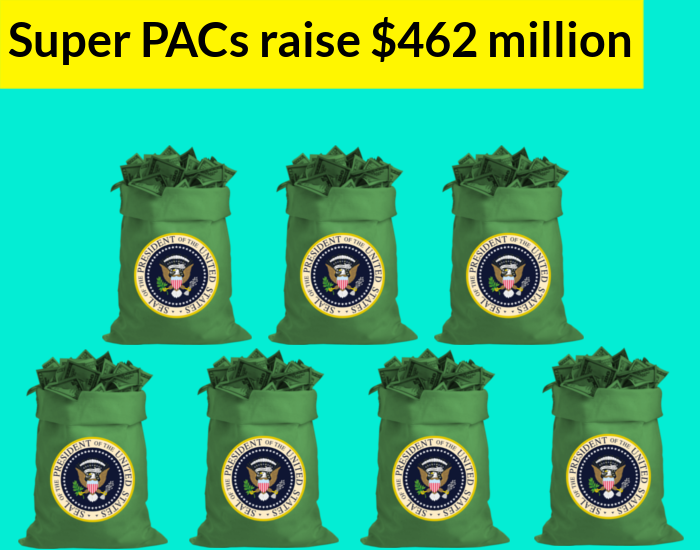
Ever since the Supreme Court’s decision in Citizens United, mega-donors and special interests have used super PACs to funnel unlimited contributions into our elections.
But this year is different. Super PAC fundraising hasn’t just increased over the last four years, it’s nearly doubled. Today’s super PACs have already raised $462 million – and this year’s general election is only just beginning. This is a huge increase from the $239 million in 2012.
2. Explosion in number of super PACs
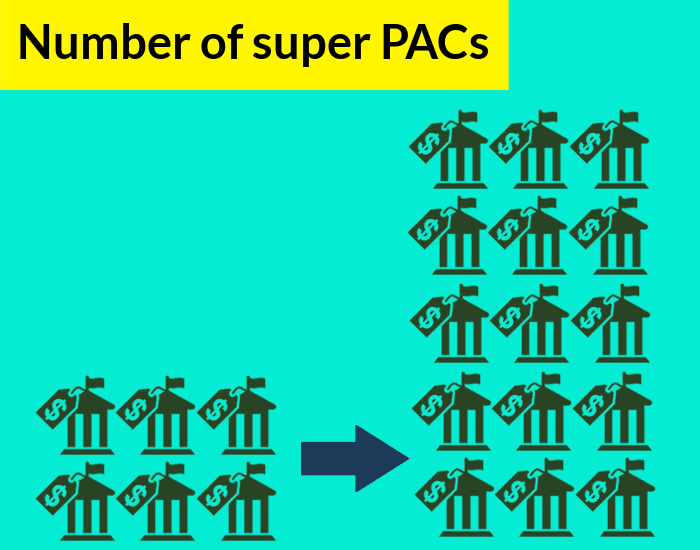
Super PACs have grown not just in how much they raise, but also in how pronounced their presence is in our democracy. More than 2,300 super PACs dominate this year’s electoral contests. That’s nearly twice the number of super PACs that participated in the 2012 election cycle.
What does that increase mean? It means more outside money at every level of politics, from the national to the local. Super PACs are now wading into state and local races, mayoral politics, and ballot initiatives.
The role super PACs play in elections is also changing. Super PAC’s are supposed to operate independently, but there is increasing coordination between candidates and the super PACs supporting them. For instance, even before Jeb Bush announced his run for president, his super PAC, Right to Rise, had already raised more than the other Republican candidates combined. Without an official announcement, he was able to coordinate with them on fundraising, advertisements, and campaign strategies.
Legally, super PACs can’t be named after the candidate they fundraise for, but Carly Fiorina’s campaign found a way around that. Its super PAC, CARLY (Conservative Authentic Responsive Leadership for You) for America used an acronym to reflect its candidate’s name. Fiorina’s campaign also exploited other loopholes, posting its schedule publicly, enabling CARLY for America to coordinate its own presence with the candidate’s.
3. 2016 mega-donor spending more concentrated
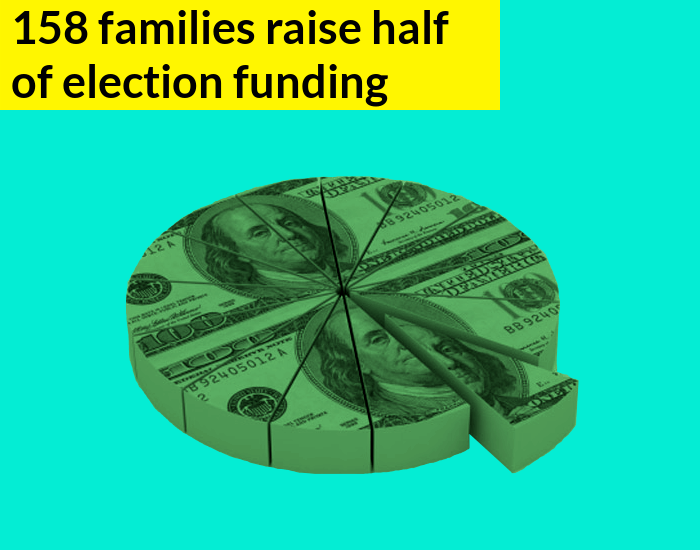
Just 158 families raised half of this year’s early election funding. Not since before Watergate have so few people and businesses provided so much early money. That kind of Citizens-United politics has turned attention away from everyday voters. The average family, who made $53,657 in 2014, could donate their entire income to a campaign and still not compete with mega-donors. In a democracy “of, by, and for the people,” big donors shouldn’t be able to drown out the voices of every day Americans.
A vast majority of everyday Americans believe it’s time to overturn Citizens United and end the flood of big money that’s reshaping our democracy. In fact, 17 states and nearly 700 communities have already taken action to overturn the decision.
4. Secret money grows two-fold
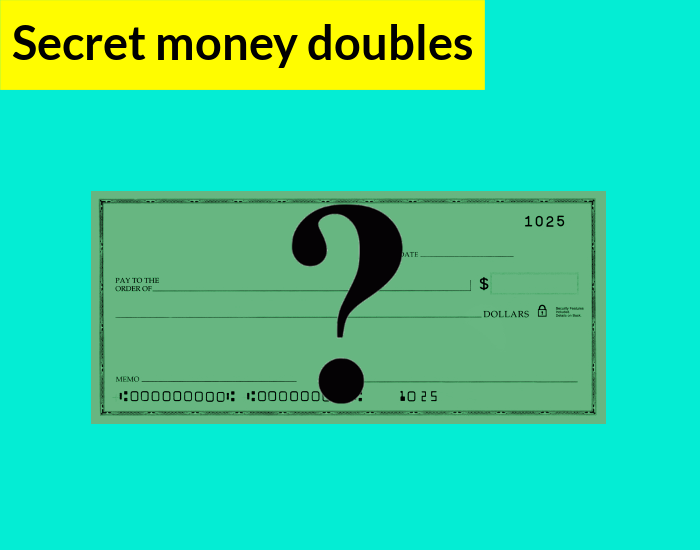
Secret money, or political spending from undisclosed donors, is growing rapidly. Spending by secret money groups in our presidential race increased 82% in 2012 from 2008, totaling $140 million over the course of the election cycle.
While this general election is just beginning, secret spending for this cycle is already more than double what it was at the same point in the race in 2012. So far this year, secret money groups have spent $37 million, compared with the $14 million they spent in 2012 at the same point in that election.
The growth of secret political spending raises a number of concerns. Voters deserve to know who is backing the candidates on their ballot. If special interests are trying to influence our lawmakers and the outcome of our elections, taxpayers should know. Additionally, without disclosure, we cannot fully know how much money is influencing politics, how big the problem really is, or who is contributing to it.
5. We can do better, and we know how
These numbers look grim. But on the bright side, voters and lawmakers across the country are working to implement solutions to put everyday Americans in charge of our elections. Since 2010, 17 states have supported an amendment overturning Citizens United, five states have implemented automatic voter registration and communities across the country have enacted measures to amplify the voices of small donors.
Small donor empowerment programs can make the voice of everyday voters the focus in our elections. These programs boost the impact of small donors by matching small contributions with limited public funds at a 6-to-1 rate or more.
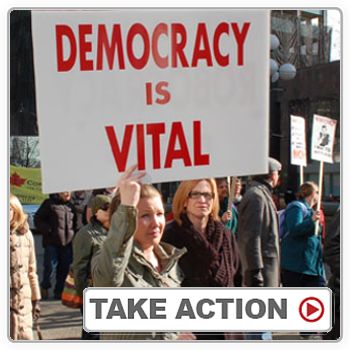
To participate in the program, candidates would have to turn down big-money contributions. After implementation in New York City, small donors became the largest source of campaign funding in their city council election. Similar measures were passed in Montgomery County, Maryland, and through ballot measures in Seattle and Maine.
Money in politics may be impacting this election, but the future doesn’t have to look this way. If we want 2020 to look different, we need you to take a stand now. With your support we can pass small donor empowerment solutions that help refocus our elections on what’s important: American voters. Will you take action?

